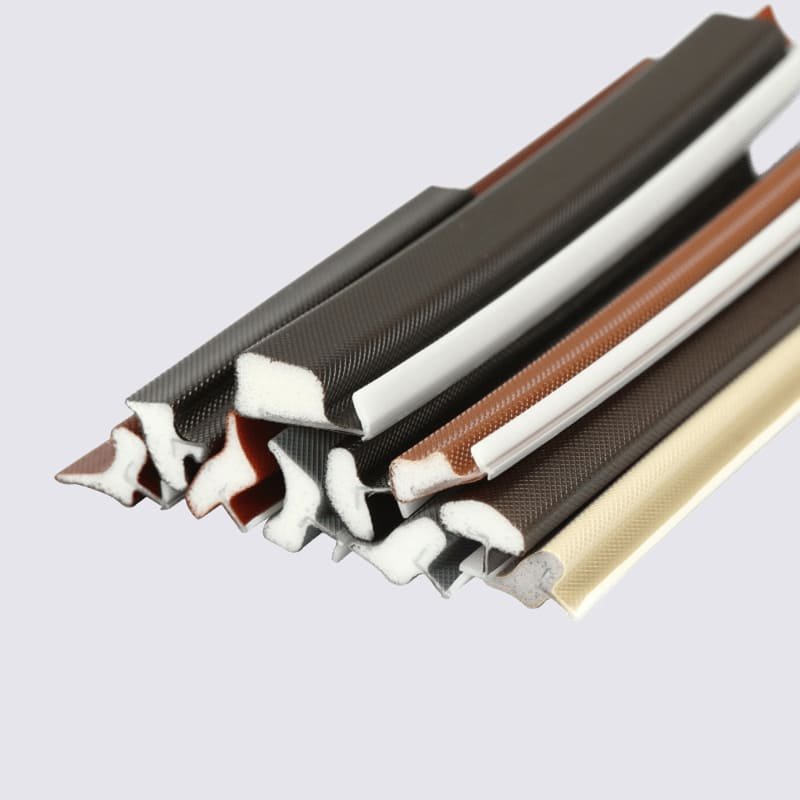Silicone hoses are widely used in a range of industries due to their high-temperature resistance, chemical resistance, and durability. However, one common issue that users face with silicone hoses is kinking, which can restrict the flow of liquids and gases through the hose and potentially cause damage to the hose itself. In this article, we’ll go over some tips on how to keep silicone hoses from kinking.
Use a hose clamp
Using a hose clamp can help prevent kinking by ensuring that the hose is securely attached to its fitting. When installing the hose clamp, make sure that it is tight enough to keep the hose in place, but not so tight that it damages the hose.
Avoid sharp bends
Sharp bends are a common cause of kinking in silicone hoses. Whenever possible, try to use gentle curves instead of sharp bends when routing your hose. This will help to maintain the hose’s shape and prevent it from kinking.
Using supports and brackets
Using supports and brackets to hold the silicone hose in place can also help prevent kinking. This is especially important in applications where the hose is under tension or subjected to vibration, which can cause the hose to move and potentially kink.
Choosing the right hose diameter
Choosing the right diameter for the silicone hose can also help prevent kinking. If the hose is too narrow, it can become kinked when it is bent, while a hose that is too large can be difficult to bend smoothly. It is essential to choose a hose with the appropriate diameter for the application.
Avoiding extreme temperatures
Silicone hoses are designed to withstand high temperatures, but extreme heat or cold can cause the hose to become stiff, which can increase the risk of kinking. It is essential to avoid exposing the hose to temperatures that are outside of its recommended operating range.
Proper installation
One of the primary causes of kinking in silicone hoses is improper installation. It is essential to ensure that the hose is installed correctly, with a smooth bend radius that avoids sharp angles or excessive twisting. Additionally, it is crucial to avoid overtightening the hose clamps, as this can also lead to kinking.
Don’t twist the hose
Twisting the hose can cause it to kink and potentially damage the hose. When installing your hose, make sure that it is straight and not twisted.
Avoid excessive pressure
Excessive pressure can cause a silicone hose to kink or even burst. Make sure that the pressure in your system is within the hose’s rated range.
Regular inspection and maintenance
Finally, regular inspection and maintenance can help identify and address potential issues before they become a problem. It is essential to check the silicone hose regularly for signs of wear, damage, or kinking, and to replace the hose if necessary.
In conclusion, keeping silicone hose from kinking is essential to ensure proper performance and avoid damage or reduced flow. By following the tips outlined above, it is possible to install and maintain silicone hose properly, avoiding kinking and ensuring that it performs reliably for years to come.




